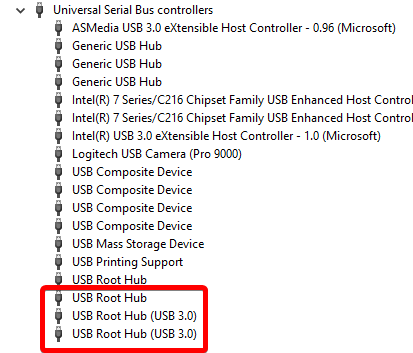If the USB device was working before you upgraded to Windows 10, it’s unlikely to be faulty. But coincidences do occur. It’s certainly possible that your device just happened to die right at the same time that you upgraded Windows. So it’s best to rule that possibility out for sure before spending time on more complex troubleshooting.
To check if the USB device is faulty, simply unplug it (‘Eject’ it if it’s a USB storage device) and plug it into another computer. If it works, the device is fine. If it doesn’t, then you’ve isolated the problem! You just need to buy a replacement.
Method 3: Check your power supply (laptop only)
Your laptop’s power supply delivers power to your USB ports. If, for some reason, it fails to do this properly, the devices plugged into those USB ports may stop working. Sometimes, this can be fixed quite simply:
1) Unplug the power supply and charger plug from your laptop
2) Restart your laptop
3) Connect your USB device to the laptop again
4) Plug the power supply back in
Method 4: Disable fast startup
Fast startup is enabled by default in Windows 10. This could prevent USB devices from loading. To fix USB ports not working in Windows 10, you can try disabling the fast startup.
To do so, follow these steps:
1) Open Control Panel.
2) View by Small icons, select Power Options.

3) Click Choose what the power buttons do.

4) Click Change settings that are currently unavailable.

5) Under Shutdown settings, uncheck the box next to Turn on fast startup (recommended).

6) Click Save changes.
7) Restart your computer and check to see if the problem is resolved.
Method 5: Reinstall USB Host Controllers
To fix USB ports not working in Windows 10, you can uninstall and reinstall USB host controllers. To do so, follow these step:
1) Open Device Manager (type “Device Manager” in the Windows search field).
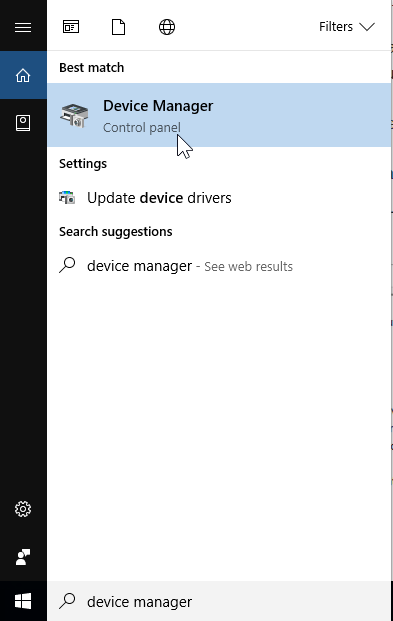
2) Expand the Universal Serial Bus controllers branch.
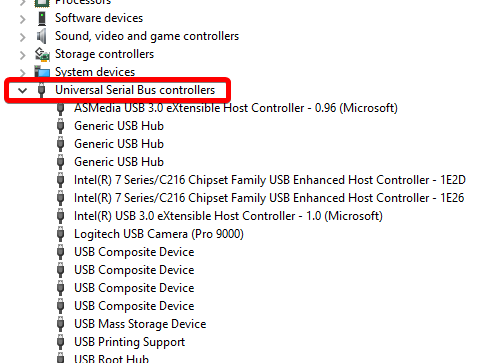
3) Look for USB Host Controller items. You should see these items have a longer title, but they should include the “USB Host Controller” words.
4) Right click on the one of USB Host Controller items and select Uninstall(in some cases, this could be Uninstall device).

5) Once a dialog box pops up and ask you to confirm the uninstall, click Uninstall. If you see a checkbox next to Delete the driver software for the device, select it and click Uninstall.

6) Repeat the steps above to uninstall each USB Host Controller items.
Note that if you’re using a USB mouse or keyboard, it will be disabled while the USB Host Controllers are uninstalled. You can unplug the USB mouse or the keyboard, then re-plug them to make it work again.
7) Reboot your computer to check to see if the problem is resolved.
Method 6: Check your power management settings
In order to save power, by default, Windows switches your USB controllers off when they’re not in use, and switches them back on again when they’re needed. Unfortunately, sometimes this approach doesn’t work as intended, and Windows fails to switch your USB controllers on again.
To rule this out as the cause of your USB woes, just stop Windows from ‘managing’ power to your USB controllers and devices:
1) Open Device Manager (type “Device Manager” in the Windows search field)

2) Expand the Universal Serial Bus controllers branch

3) Double-click the first USB Root Hub device in the list (if you see only one USB Root Hub device, that’s fine)
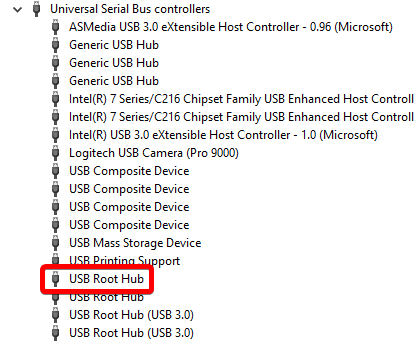
4) Click the Power Management tab
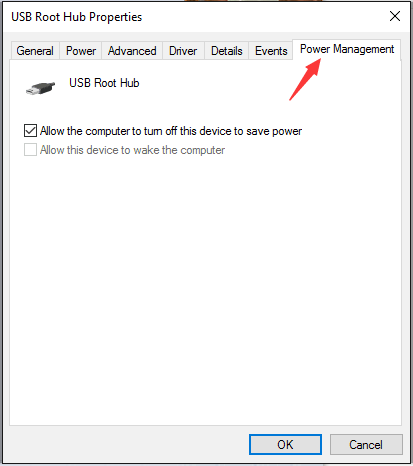
5) Un-check the Allow the computer to turn off this device to save power checkbox, and click OK.
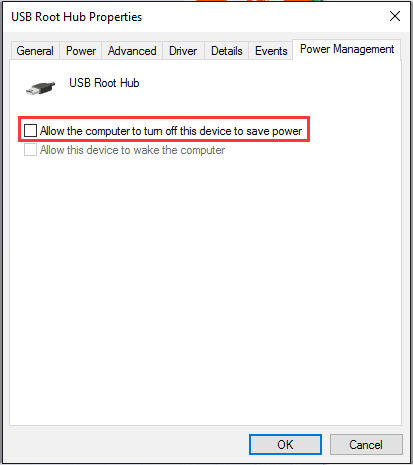
6) Repeat steps 3-5 for each USB Root Hub device in your list of Universal Serial Bus controllers
